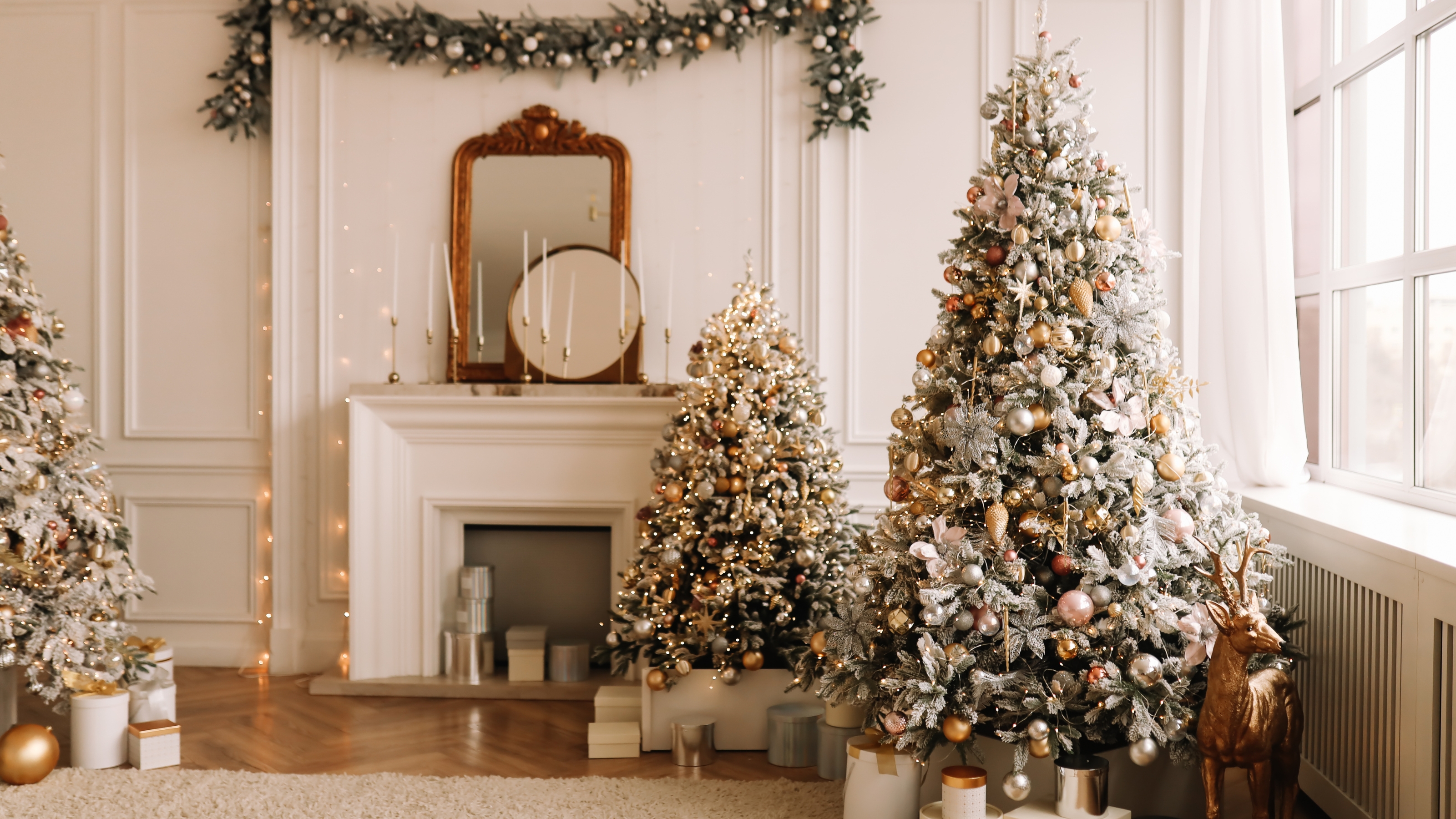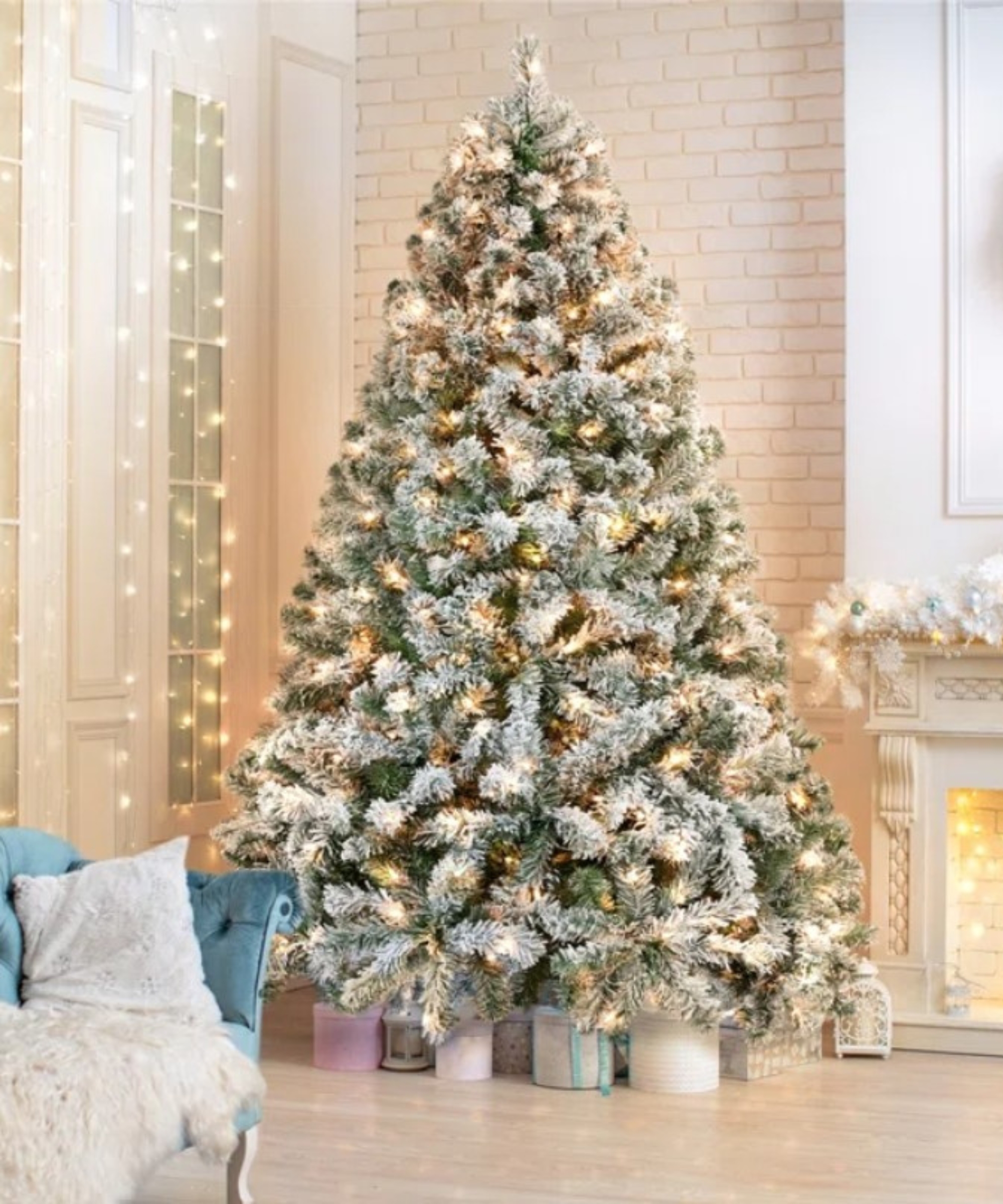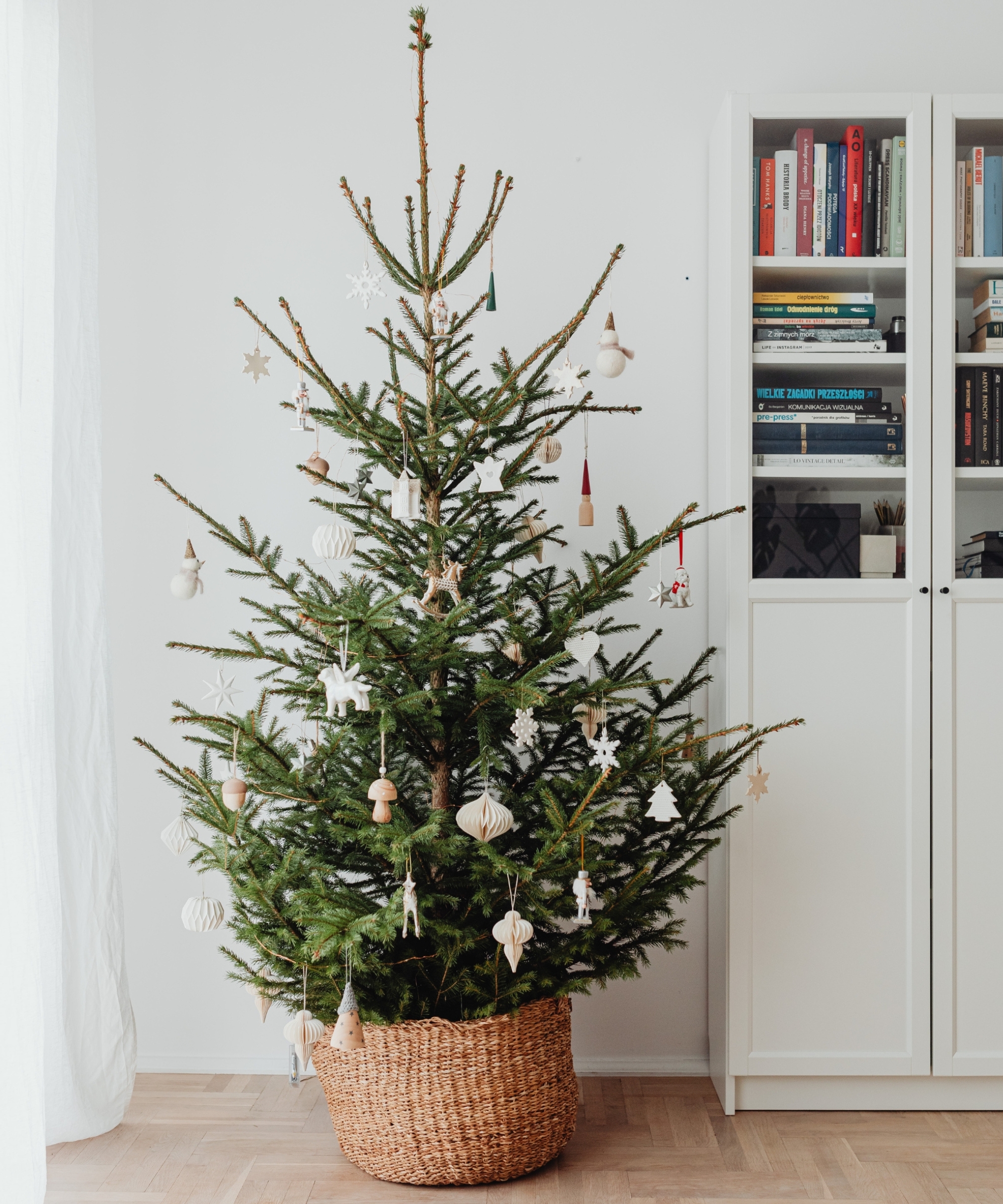

When it comes to the best ways to save money on a Christmas tree, it can be difficult to know what steps to take.
Naturally, you want to pick a tree that you love the size, shape, and overall aesthetic of, but on the other hand, you don’t want to end up overspending on your tree. Admittedly, picking out a Christmas tree without paying too much for it can be a little more challenging than you might think.
Whether you’re picking out your first Christmas tree or you’re replacing an old model that’s looking a little worse for wear, it’s not always easy knowing where to start in a bid to cut costs. To give you a helping hand, and make the process a little easier to navigate, we’ve rounded up all of our favorite expert-approved tips for saving money on a Christmas tree.
The best ways to save money on a Christmas tree
Whether you’re looking for a Christmas tree that will fit into a small space, or a majestic beast of a spruce, you’ll want to know these tip money-saving tips to keep you on budget.
1. Consider ex-display

A great hack for saving money on your Christmas tree is to buy an ex-display one.
Our social media editor, Nishaa Sharma shares how she visited a store and opted for a display Christmas tree, saving herself a ton of money: “We bought a display tree (like this artificial tree from Target) from the store we went to, and managed to get our tree for life for under $100!
She adds: “These are often discounted as they've been taken out of the box (like this discounted Christmas tree from Wayfair) and aren't technically "brand-new", but they are in near-perfect, if not perfect condition, saving you over 50% off”.

Nishaa Sharma is the Social Media Editor at Real Homes.
2. Spend to save
Another great way to save money in the longer term is to buy a more expensive, well-made, artificial Christmas tree now, helping it stand the test of time and save you needing to splurge again in the future.
If you are going for an artificial Christmas tree, Sharma says: “It’s worth investing a bit more in a high-quality artificial tree (like this premium Christmas tree from Amazon). Ideally, you'll only need to buy it once, creating a lifelong canvas for Christmas-memory-making with everyone from your roomies to your kids (someday).
"We all know the old adage: buy cheap, pay twice," says Christina Chrysostomou. "So, if you can afford to, invest in a higher-quality tree that will last you years (plural) rather than something that will break easily."

Christina Chrysostomou is acting head of ecommerce at Real Homes and has an expert eye for what should be in your shopping basket.
3. Pick ‘open box’ tree

To get a great deal on a Christmas tree without overspending, a great option is to opt for an open-box tree.
Our acting head ecommerce editor, Christina Chrysostomou, recommends saving money on your Christmas tree by picking up an open box deal. She says: "Quite often, customers purchase items like Christmas trees and realize they aren't suitable for their space. Retailers like Wayfair then sell the returned products at a reduced price. Sure, the packaging might be a little damaged, but you can save hundreds of dollars if you know it's the tree you want.
"I've seen things go for 75% less than if it had been bought brand new. Do make sure it's definitely something you want, however, as this stock is usually exempt from a retailer's usual refund policy."
4. Skip the extras (or DIY)
To reduce spending when buying your first Christmas tree, it's a good idea to skip the extra bits and bobs.
"Most of the time, premium trees come with flocked detail or are pre-lit. However, you can spruce up a basic tree with a can of snow spray (like this one available on Amazon) and string lights (like these from PREXTEX on Amazon).
"You can even make your artificial tree smell like the real thing with a fir-scented home fragrance. I already know this Frasier Fir spray (from Thymes on Amazon) smells great because this scent features in our best reed diffuser guide," says Christina Chrysostomou.
5. Time your buy

When you buy your Christmas tree also impacts how much your tree costs, so it's worth being mindful about the date you choose to shop.
Enoch Omololu, Personal Finance Expert, says: "One good way to save money on a Christmas tree is to buy one either right when the season starts, or wait until much closer to Christmas. Tree prices usually go down as the holiday gets nearer."

Enoch Omololu is passionate about helping others win with their finances and has written about money matters for over a decade. His finance platform, Savvy New Canadians, has been read by over 19 million people since it was founded in 2016.
6. Consider tree type
It's also a good idea, whether you're buying a real or an artificial Christmas tree, to consider the different types, as some will carry more expensive features.
FAQs
How do you get a good deal on a Christmas tree?
When it comes to getting a good deal on a Christmas tree, it's simply a case of shopping around and being mindful of when and where you buy. For a real Christmas tree, buying towards the start or the end of the festive season is usually a good way to save.
How much should you spend on a Christmas tree?
It depends on your personal preference and how much money you can afford to putting into your Christmas decor budget. You can expect to spend more on an artificial Christmas tree than a real one, but it should in theory last for many years, whereas a real tree can only be used once.
The best starting point to consider when you’re choosing a Christmas tree, and trying to keep costs down, is whether you’d like a real or artificial Christmas tree.
Once you’ve decided on this aspect of picking a tree, the next step is to look out for sales, open-box deals, and last-minute discounts.
It’s also important to be mindful of tree type, as the type of Christmas tree that you opt for can also impact the price significantly.
Join our newsletter
Get small space home decor ideas, celeb inspiration, DIY tips and more, straight to your inbox!

Hi! I’m Beth Mahoney and I’m a former staff writer at Real Homes. I’ve been a journalist for the national press for the past six years, specializing in commerce and trends-related lifestyle articles, from product reviews and listicles to guides and features. With an eye for pretty things (think: quirky wall prints, scalloped edge furniture, and decadent-looking tableware) but a limited budget, I love nothing more than a bargain buy.